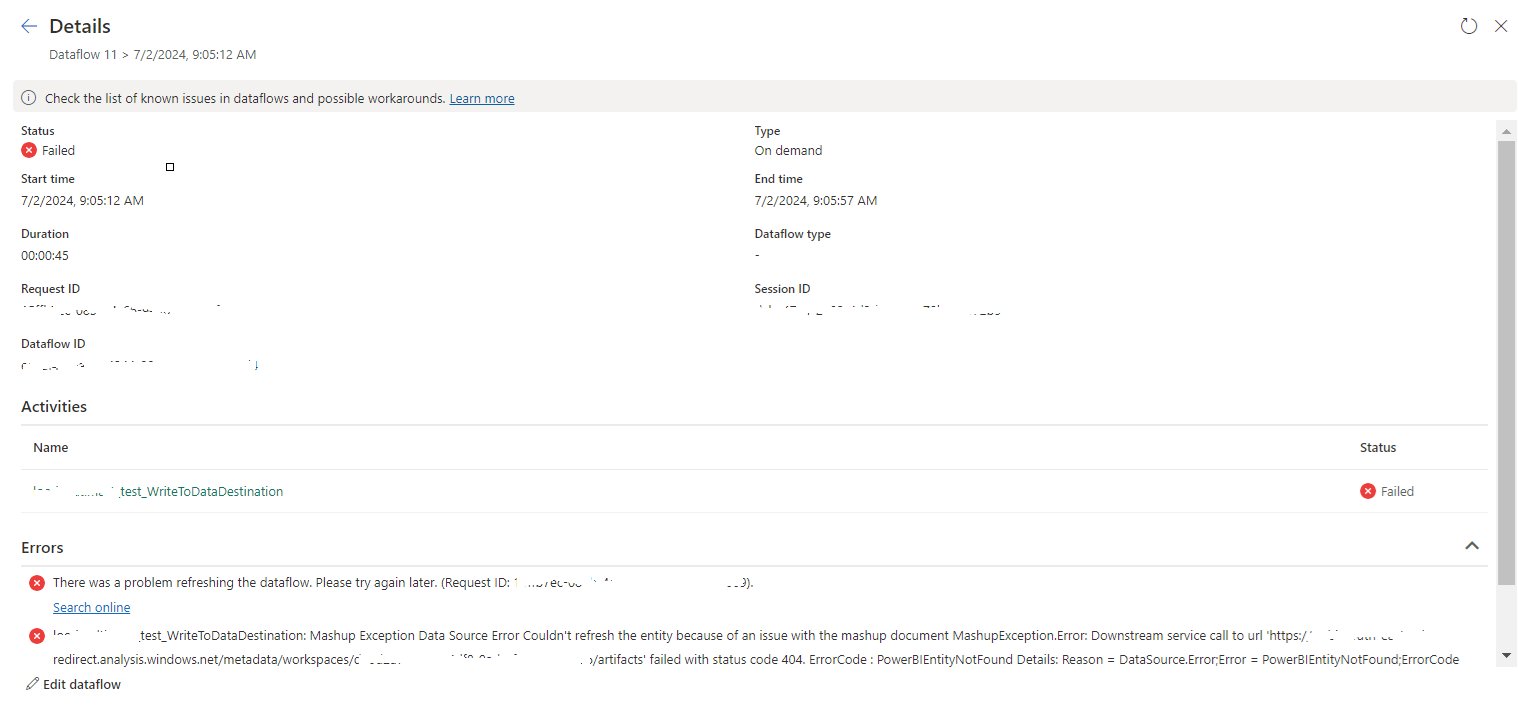AI image generation, also known as generative art, involves
using machine learning algorithms to generate images that are not directly
copied from existing images, but rather created by the AI model itself. Python,
as a popular programming language for machine learning and image processing,
offers several libraries that can be used for AI image generation. Here are a
few examples:
- Deep
Dream (TensorFlow): Deep Dream is an image generation technique developed
by Google that uses convolutional neural networks (CNNs) to generate
surreal and dream-like images. TensorFlow, a popular deep learning
library, provides an implementation of Deep Dream that can be used for AI
image generation. You can find example code and tutorials on how to use
Deep Dream with TensorFlow on the TensorFlow GitHub repository.
- DCGAN
(Deep Convolutional Generative Adversarial Networks) (Keras): DCGAN is a
popular type of generative model that uses adversarial training to
generate images. Keras, a high-level neural networks library in Python,
provides an implementation of DCGAN that can be used for image generation.
You can find example code and tutorials on how to use DCGAN with Keras on
the Keras GitHub repository.
- PyTorch
(GANs and Variational Autoencoders): PyTorch, another popular deep
learning library in Python, provides tools for building and training
generative models, such as Generative Adversarial Networks (GANs) and
Variational Autoencoders (VAEs), which can be used for AI image
generation. PyTorch has a large community with abundant code examples and
tutorials available on the official PyTorch website and GitHub repository.
- StyleGAN
(TensorFlow): StyleGAN is a state-of-the-art generative model developed by
NVIDIA that is capable of generating high-quality images with fine-grained
control over their style and content. TensorFlow provides an
implementation of StyleGAN that can be used for AI image generation. You
can find example code and tutorials on how to use StyleGAN with TensorFlow
on the NVIDIA GitHub repository.
These are just a few examples of the many options available for AI image generation with Python. Depending on your specific requirements and creative goals, you may choose different libraries or techniques that suit your needs. It's important to familiarize yourself with the chosen library and model, and experiment with different hyperparameters and settings to achieve the desired results.


No comments:
Post a Comment